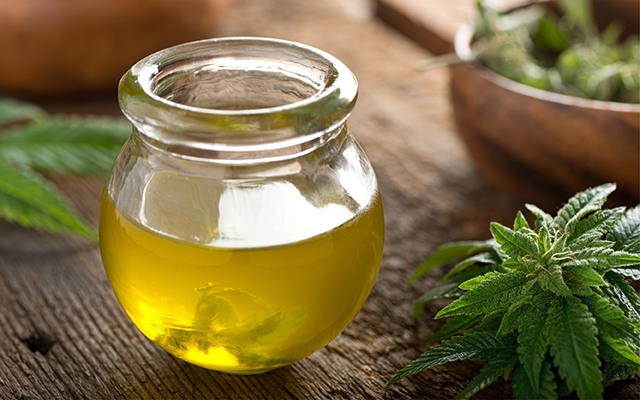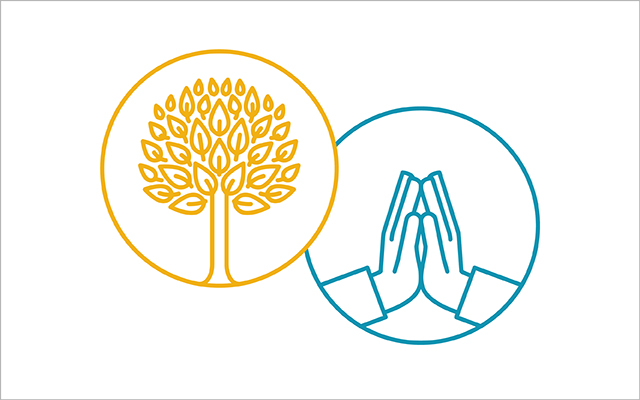These are some of the nonpharmaceutical tools and techniques for managing chronic pain.
Acupuncture
Because its potential for pain relief is so great, acupuncture is sometimes used as anesthesia for open-heart surgery in China. It is ideal for pain resulting from structural issues, including arthritis and sciatic back pain, says Loretta Butehorn, PhD, CCH. Studies show that it beats placebo treatments in providing long-term relief from chronic lower-back pain.
Arnica
A homeopathic pain remedy, Arnica montana has been used as an analgesic for bruising, swelling, and pain since the Middle Ages. Available over the counter in both tablet and topical form, it’s been shown to be as effective as ibuprofen in relieving pain in osteoarthritis sufferers, with far fewer long-term side effects.
Cannabidiol (CBD) Oil
CBD is derived from cannabis, but unlike THC, the psychoactive compound in marijuana, CBD doesn’t result in a high. Evidence from advanced clinical trials is still scant due to marijuana’s classification as a Schedule I drug, but early studies suggest that CBD may reduce inflammation, calm anxiety, and relieve pain by interacting with the brain’s serotonin and vanilloid receptors, which affect mood and pain perception. CBD is available in most states in pill and oil form; it can be purchased online in any state from manufacturers.
Mind-Body Modalities
Biofeedback, hypnosis, yoga, and mindfulness-based pain management (known as MBPM) all encourage relaxation and reduce the emotional reactivity that increases the experience of pain:
- Biofeedback helps participants become more aware of subconscious bodily reactions, with the goal of gaining greater control over them.
- Hypnosis (including self-hypnosis) has been shown to provide significant pain reduction in chronic-pain patients, along with improved sleep, reduced anxiety, and improved quality of life.
- Yoga reduces pain and improves functioning in fibromyalgia sufferers thanks to its focus on tying breath to movement and calming the mind, according to a meta-analysis of complementary and alternative medicine approaches to fibromyalgia management.
- Mindfulness meditation can produce stronger results than morphine, reducing pain levels by 40 to 60 percent, a clinical trial suggests. (For an eight-week program of mindfulness-based pain management, check out You Are Not Your Pain: Using Mindfulness to Relieve Pain, Reduce Stress, and Restore Well-Being, by Vidyamala Burch and Danny Penman.)
Massage and Bodywork
Massage increases the flow of blood and oxygen to soft tissues, helps relax tense muscles, can reduce nerve compression, and calms activation of pain-triggering and inflammatory cytokines. One study found that massage can even be helpful in acute-care settings, where surgical patients reported significant pain reduction following a 30-minute session. (For more on the health benefits of massage, see “Mmm, Massage: Surprising Ways Massage Heals the Body and Mind.”)
Talk, Art, and Movement Therapy
At the Bay Area Pain and Wellness Center, individual and group therapies are central parts of treatment. “Overriding negative thought processes like catastrophizing, fear, and anger, and replacing them with gratitude, resilience, compassion, and kindness, will rewire your ‘pain brain,’” notes center medical director Peter Abaci, MD.
One of Abaci’s patients lost his warehouse job after suffering a back injury. He was consumed by anger and resentment, which amplified his pain. By teaching himself to redirect his negative thoughts toward gratitude and empathy, he successfully regained control over his pain (and found a new job that he enjoyed even more).
The center’s treatment approach — encouraging patients to address psychological wounds with a therapist, connect with others in varying stages of their own pain journeys, and release pent-up thoughts and emotions through art, writing, and movement — appears to contribute to the healing process. These modalities can break the negative-feedback loop of emotional and physical pain and lead to greater acceptance, peace, and well-being.
This originally appeared as “Alternative Pain Relievers” in “Pain Relief” in the November 2018 print issue of Experience Life.





This Post Has 0 Comments